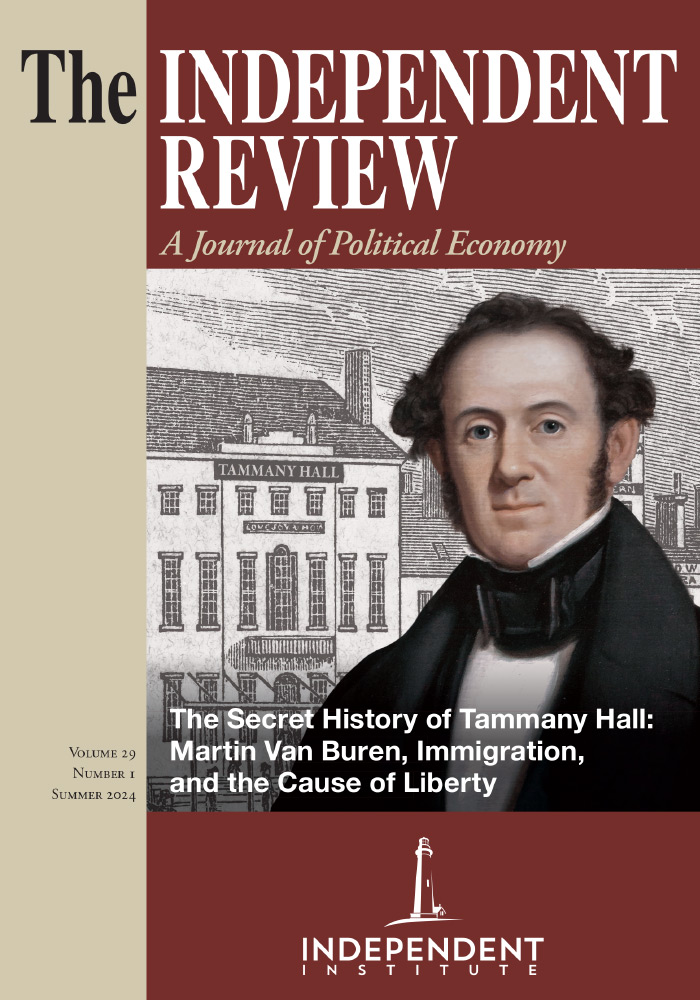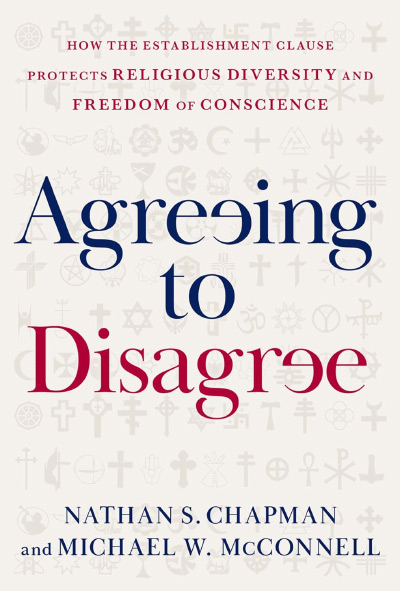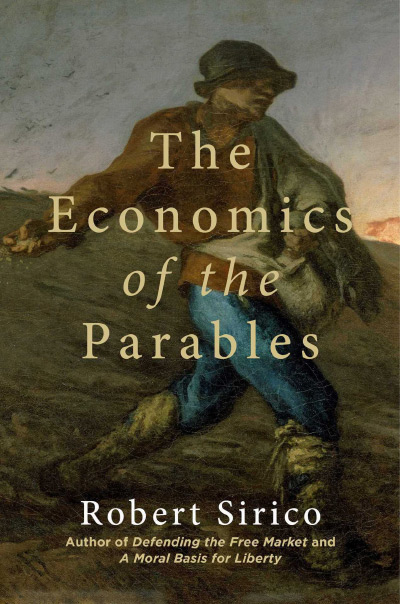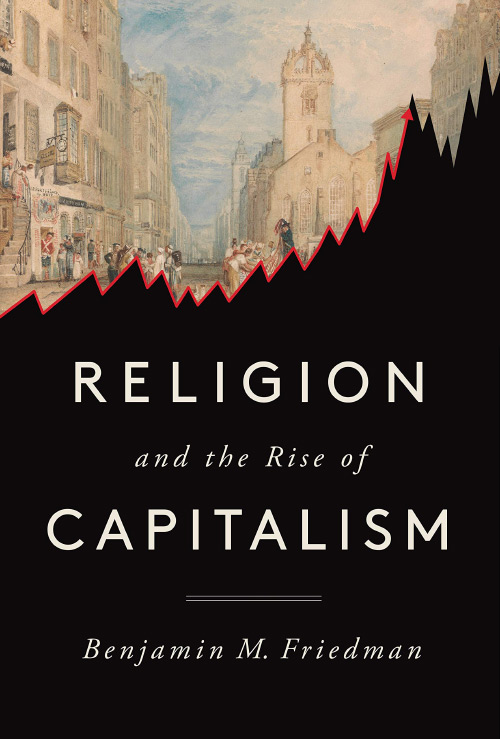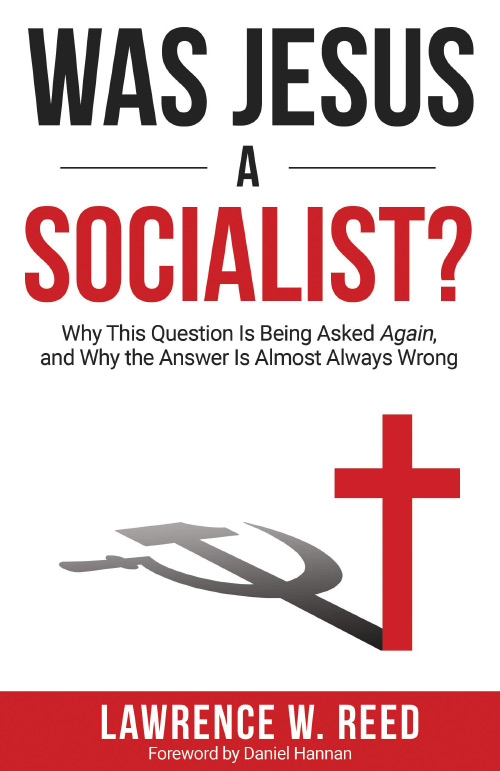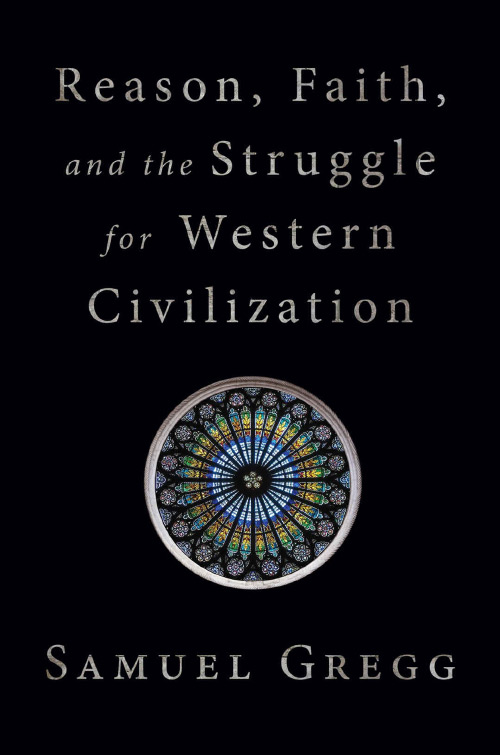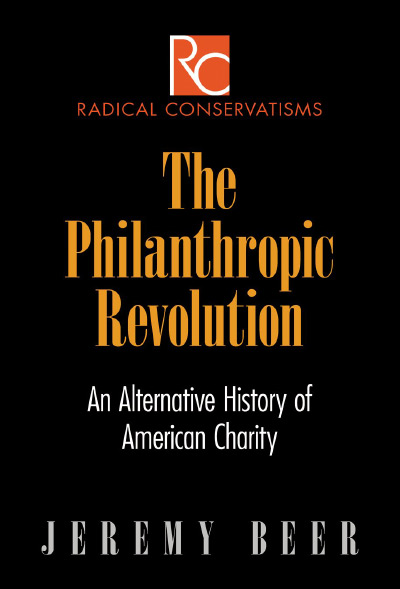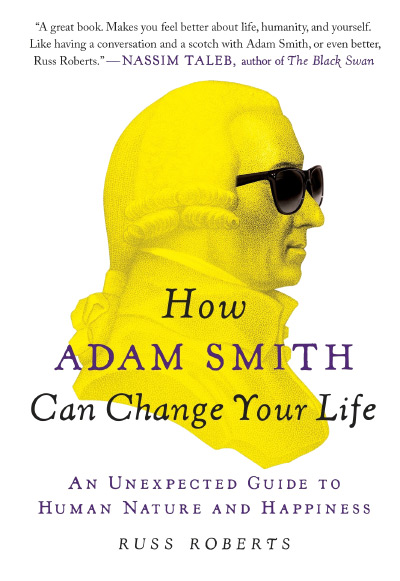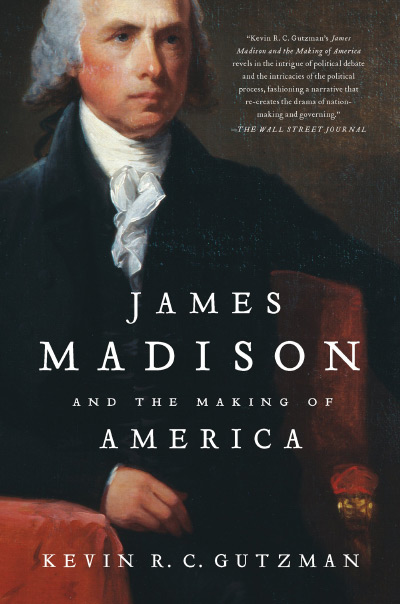Agreeing to Disagree, written by Nathan S. Chapman and Michael W. McConnell, charts the political, philosophical, and legal history of the First Amendment’s Establishment Clause. Contrary to the all-too-common misconception that the Establishment Clause’s function is merely to “separate church and state,” Chapman and McConnell offer a robust account of the historical evidence illuminating the original public meaning of the clause. They then explain how that meaning was lost by later generations and conclude by showing how rediscovery of the Establishment Clause’s original meaning helps clarify many of today’s most pressing religious liberty issues—from religious accommodations to school funding and church autonomy. Although written for a lay audience—and therefore perhaps a bit too familiar for those already acquainted with Chapman and McConnell’s legal scholarship— we highly recommend this accessible and thought-provoking work.
There is no question that the American public—and even many federal judges— have struggled to understand this often “contentious and misunderstood provision of the ... Constitution” (p. 1). The Establishment Clause is somewhat odd, after all. Though apparently well understood in the Founding era, an “establishment of religion” is not a familiar concept to Americans today, much less laws “respecting an establishment of religion.” Agreeing to Disagree demystifies this largely foreign concept by delving into the clause’s history, asking the all-important question: What was commonly understood by the term “establishment of religion” at the time of the clause’s writing? Chapman and McConnell provide an answer: an establishment of religion, they say, was understood to mean “the promotion and inculcation of a common set of beliefs through governmental authority” (p. 18). Beyond this basic definition, however, they acknowledge significant variety between individual establishments. As they point out, an establishment could be “narrow ... or broad,” “more or less coercive,” and “tolerant or intolerant of other views” (p. 18). And the character of any particular establishment often changed over time. Indeed, as the authors also note, “the laws constituting the establishment” were often “ad hoc and unsystematic” (p. 18).
Even so, from their deep dive into the history of early American establishments, the authors distill six common “elements” of established churches, providing some tangible examples to supplement their general definition. These six elements are: “(1) control over doctrine, governance, and personnel of the church; (2) compulsory church attendance; (3) financial support; (4) prohibitions on worship in dissenting churches; (5) use of church institutions for public functions; and (6) restriction of political participation to members of the established church” (p. 18). In addition, the authors explain that laws “prohibiting blasphemy and enforcing sabbath observance” were widely considered to be “components of a religious establishment” too (p. 18). Laws advancing and regulating these intertwined aspects of church and state were the means by which the colonies largely controlled their established religious institutions; they gave the government authority to decide how churchgoers did or did not worship, subordinated churches to the public fisc, and restricted dissent from members of minority religions.
Chapman and McConnell also explain how these tools were used to regulate public services like caring for the “poor ... and for orphans and other homeless children,” to “impose religious restrictions on the right to vote,” and to limit “full citizenship to those who supplied proof of a genuine conversion experience” (pp. 24–27). These religious litmus tests tended to exclude many groups from full participation in public life, with this burden often falling hardest on “Catholics, Jews, Quakers,” and “Baptists” (pp. 23, 27).
By understanding these six common elements of state establishments, the authors argue, the Establishment Clause’s meaning also becomes clear. Chapman and McConnell explain—based on this common understanding of state establishments at the time—that the Establishment Clause’s plain text denies Congress the authority to create its own established church, while simultaneously preventing it from interfering with existing state establishments.
The authors’ arguments, however, become a bit more convoluted when they seek to explain how this original meaning—limited to what Congress could or could not do—was expanded by the Fourteenth Amendment to apply to all government actors (federal, state, and local). After giving the reader a taste of their arguments, Chapman and McConnell brush further questions aside, explaining that they “need not get into those complexities here, because no justice of the Supreme Court now questions the applicability of the personal rights of the Bill of Rights to the states” (pp. 75n1, 79).
This approach also points to a broader challenge inherent in a book like this one: the authors’ historical overview—covering everything from the origins of the Establishment Clause through the Fourteenth Amendment in 84 short pages—tends to both overwhelm an Establishment Clause newcomer and leave those familiar with the topic wanting more. As noted above, when the authors address incorporation against the states (chapter 4), they attempt to make a complex topic broadly accessible in a few short pages. And while Agreeing to Disagree is largely successful in doing exactly that, the book stumbles a bit when it comes to addressing incorporation in particular. It assumes the reader understands the significance of this issue, only briefly addresses it from a historical perspective, and then ultimately throws up its hands by concluding that no one questions incorporation today—so we need not fully explore it. An unsatisfying answer, but fair enough for a 192-page book.
Not content to leave the Establishment Clause stuck in the past, Chapman and McConnell fast-forward to what they call the “modern controversies” over the clause’s application. This portion of the book is where the rubber hits the road as the authors work through the Supreme Court’s various attempts to interpret and understand the clause—starting with Everson, making a detour through Lemon, and concluding (for now) with Kennedy, American Legion, and Carson. Touching on numerous points of controversy—from government funding of religious schools to prayer and Bible reading in public school classrooms, conflicts over religious symbols on public land, and the interaction between employment laws and religious autonomy—the authors show how the Supreme Court’s decisions on these hotly contested issues have been driven by the court’s return to the Establishment Clause’s original meaning.
To take just one example, Chapman and McConnell chart the history of religious schools in the United States. They explain how a renewed focus on the original meaning of the Establishment Clause brought about, “with astonishing speed,” the complete repudiation of a whole line of Supreme Court precedent governing the relationship between government and religious schools (p. 137). According to the authors, “in all the annals of U.S. Reports, there is no example of a more complete volte-face in constitutional doctrine” (p. 137). Indeed, from the 1980s to today, the rule for religious schools went from one of “no-aid separationism” through a period of permissible neutral government aid, to (today) a rule of mandatory government neutrality between religion and nonreligion and among religions (p. 139).
Prior to this shift, the Supreme Court took a hostile approach to government aid for religious schools, imposing a requirement of “no-aid separationism”— essentially a rule that (with a narrow exception for public services like fire and police protection) mandated complete separation between church and state and barred religious schools from access to generally available government funding. This no-aid theory, according to Chapman and McConnell, reached its high-water mark in 1985 and is attributable to the Supreme Court’s misunderstanding of the meaning and purpose of the Establishment Clause.
Things changed quickly, however. Agreeing to Disagree describes this shift in three stages. The first stage, starting in the 1980s, culminated early in the twentyfirst century with Zelman v. Simmons-Harris (2002), which “explicitly replaced no aid theory with neutrality” (p. 139). After Zelman, the rule in the Supreme Court was that neutral school funding was permitted but not mandatory (stage two). This state of affairs, however, did not last long. Once neutral aid was permitted (removing the Establishment Clause barrier), litigants and Supreme Court justices alike began to question whether the Free Exercise Clause, which demands (at a minimum) equal treatment of religion, permits governments to “singl[e] out religion for unfavorable treatment” when creating generally available government funding programs (p. 140). Within two decades, the Supreme Court answered that question in Trinity Lutheran v. Comer (2017) (stage three). Trinity Lutheran required the court to decide whether a religious school could be excluded from a government grant program for playground resurfacing solely because it was religious. The court ruled for the school, striking down Missouri’s state ban on funding for religious schools and holding that treating religious schools on equal footing with private secular schools in the resurfacing program was “not only permissible but also mandatory” (p. 141). Trinity Lutheran thus confirmed that if the government creates a generally available funding program, it has to make that funding available to secular and religious schools on a neutral basis.
Trinity Lutheran, however, created more questions than answers. Important among them: Was its rule limited to funding for facially “nonreligious” items (like playgrounds), or were governments required to treat religious and nonreligious alike even when the funds were used for things like primary school education, which included both secular and religious components? The Supreme Court answered that question in Espinoza v. Montana Department of Revenue (2020), holding that Montana couldn’t exclude religious schools from a tuition aid program made generally available to secular private school students. This decision, however, did not end the controversy. Following Espinoza, governments intent on excluding religious schools pivoted—arguing that they weren’t excluding schools based on their religious “status” (plainly forbidden after Trinity Lutheran and Espinoza) but based on religious “use” or religious “exercise.” But this supposed distinction, too, was quickly repudiated by the Supreme Court in Carson v. Makin (2022), which held that exclusion based on “religious exercise” was no different from exclusion based on religious status.
For Chapman and McConnell, this “abrupt doctrinal one-eighty” on school funding reflected the court’s rapid return to the original understanding of the Establishment Clause: to ensure equal treatment and inclusion of religion in public life (p. 142). And, by starting off with a thorough account of the Establishment Clause’s history and original meaning, Chapman and McConnell attempt to persuade their reader that this swift shift—despite creating the “sense of whiplash” (p. 142)—is not only more faithful to the clause’s original meaning and purpose, but also leads to a healthier public square in which religion is not banished, but is instead viewed as a natural part of the human experience.
Agreeing to Disagree combines deep expertise with a style and structure that facilitate a comprehensive introduction to the Establishment Clause’s historical meaning and enduring importance. The authors structure the book in such a way that by the time they discuss modern controversies surrounding the clause, readers have a disambiguated understanding of its origin and purpose, leapfrogging the many decades that America and its highest court spent in confusion. Chapman and McConnell also leave readers on a hopeful note for the future of religious liberty. They conclude by laying out how the Establishment Clause has facilitated and continues to maintain one of “the most religiously heterogenous societ[ies] the world has ever known” through the values of pluralism and neutrality (p. 188). Though lawmaking by its very nature often requires the government to take value-laden stances, Chapman and McConnell also argue that the Establishment Clause “serve[s] as a caution against the use of governmental power to create uniformity in matters of opinion” (p. 191). They thus conclude that America needs “a broader spirit of disestablishment” to prevent the forced conformity of opinions not just about religion, but also about “other ideologies” (p. 192). While heartwarming, this attempt to wrap up the book with an appeal to a “spirit of disestablishment” that is applicable to broader cultural disagreements feels forced and contrasts sharply with the text-focused, originalist stance championed throughout the book. Though Chapman and McConnell capture the significance of the Establishment Clause for religious liberty, the resolution of these broader cultural conflicts seems out of the clause’s reach. Nevertheless, the authors’ message rings clear: the Establishment Clause was never intended to separate religion from the public sphere; rather, it is meant to promote a freely religious society in which religious people and institutions need not fear exclusion due to difference.

